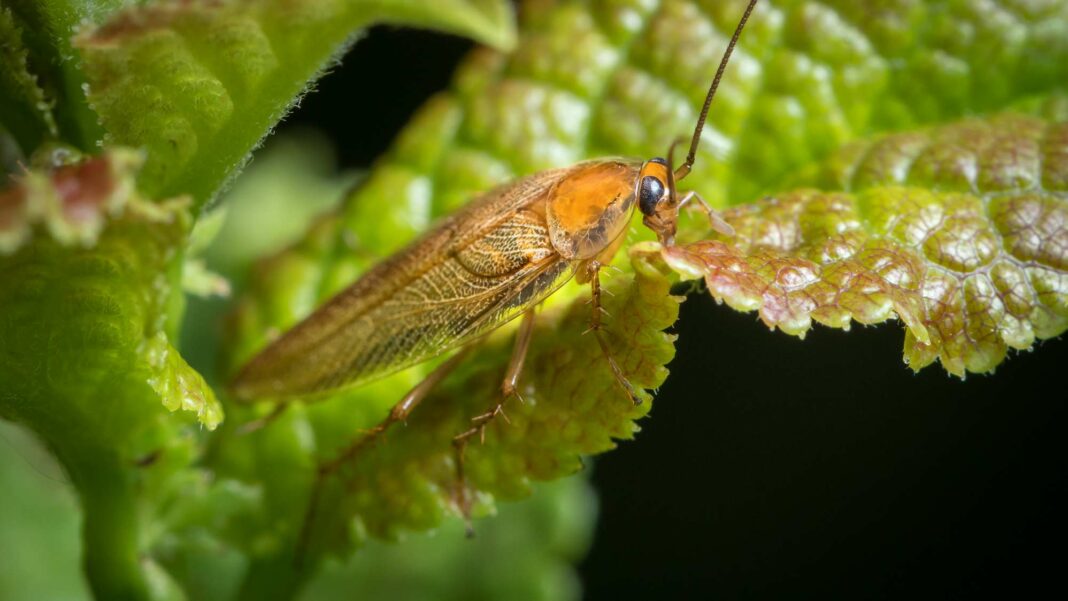Amber forest cockroaches, small and brown, are often confused with more notorious cockroach species. Unlike German cockroaches, they pose no health risks and primarily feed on decaying plant matter. These newcomers to northern regions, migrating due to climate changes, can be gently caught and released outdoors. A photography contest titled ‘Aliens among us?’ invites participants to document neozoa species across Germany, promoting awareness and appreciation for wildlife while encouraging humane treatment of these creatures.
Understanding Amber Forest Cockroaches
Small, agile, and brown in color, amber forest cockroaches can often be mistaken for their more infamous relatives, the cockroaches we dread. If you’ve come across one of these little critters in your home, your first instinct might be to squash it or call pest control. However, according to biologist Prof. Dr. Martin Husemann, a more humane approach is to gently catch these little invaders and release them outdoors. In fact, he notes, ‘if they don’t get anything to eat, they quickly weaken and die.’
Inside your home, amber forest cockroaches (Ectobius vittiventris) will struggle to find food, as they primarily feed on decaying plant matter found outside. Prof. Husemann also points out that these cockroaches are not yet classified as pests.
The Rise of Neozoa
The term ‘neozoa’ refers to new animal species that have recently established themselves in a region. Unlike their notorious cousins, the German cockroaches (Blattella germanica), amber forest cockroaches do not pose health risks such as salmonella contamination. Originating from Southern Europe, these cockroaches have migrated northward since the early 2000s, largely due to climate changes, and are generally harmless. They thrive outdoors, enjoy a vegetarian diet, and lay their eggs beneath tree bark.
These cockroaches may inadvertently enter our homes, often attracted by evening lights. To help you identify whether you’re dealing with a harmless newcomer or a disease-carrying pest, there are two distinct features to look for. The German cockroach has two prominent black stripes on its pronotum, whereas the amber forest cockroach does not exhibit these markings. Additionally, the reproductive organs of German cockroaches are more visible compared to those of their amber relatives, whose wings extend beyond their abdomen.
Get Involved: Nationwide Photography Competition
If you’re lucky enough to spot an amber forest cockroach in your kitchen or notice unique wildlife like a Nosferatu spider or a family of raccoons, don’t hesitate to capture the moment with your camera! The LWL Museum of Natural History, in collaboration with various organizations, is hosting a nationwide photography contest titled ‘Aliens among us?’ until June 30, 2025. Participants are encouraged to photograph various neozoa species across Germany and submit their entries using the ObsIdentify app.
The individual who submits the most compelling images will be rewarded with a complimentary course of their choice at the Educational and Research Center Heiliges Meer, including meals for a guest. This initiative not only promotes awareness of new species but also encourages a compassionate approach toward our wildlife, replacing rolled-up newspapers and insect sprays with a lens focused on nature’s wonders.
